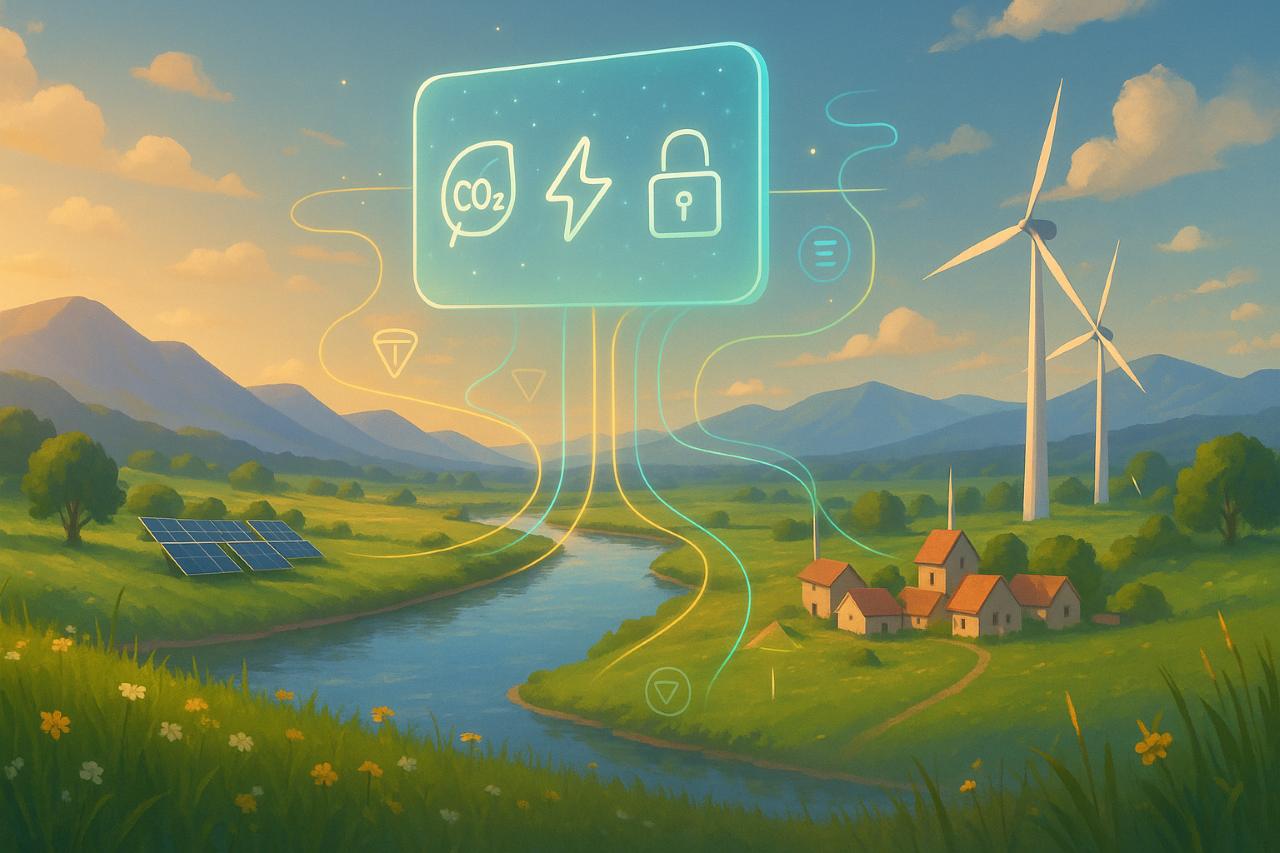Climate Tech Stack
Where AI Meets the Hard Problems of Energy
AI is reshaping how we make, move, and store energy—turning messy real-world signals into precise instructions that cut waste and cost. Grid operators now forecast demand at the neighborhood level, pre-positioning clean power while weather models anticipate shifts in clouds and wind. Battery fleets respond in seconds, shaving peaks that once required gas turbines.
The next leap is carbon-negative: algorithms pair direct air capture with surplus renewables and low-grade heat, activating only when the grid is green. Even steel and cement plants are learning to treat emissions as variables to be optimized, not inevitabilities. This isn’t magic—it’s the result of better data, denser sensors, and cheaper compute. Combined, these gains turn climate goals from annual pledges into hourly proof. By orchestrating electrons, heat, and storage, AI builds an economy that emits less by default—where marginal gains accumulate into systemic change that reshapes how energy flows every single day.
Biotech’s Quiet Revolution, Supercharged by Data
Biology is becoming an information business, with AI as the tireless, pattern-obsessed lab partner. Machine-learning models propose genes to edit, enzymes to evolve, and cell factories that sequester carbon while manufacturing essential materials. Automated benches test thousands of variants overnight, feeding results into algorithms that refine hypotheses like maps improving with traffic data.
The breakthrough is the loop: design, build, measure, learn. As climate deadlines tighten, that loop tackles methane-eating microbes, low-carbon fertilizers, and drought-resistant crops. Provenance matters, too. Teams need to know where data came from and how it was handled, especially when merging public datasets with proprietary assays. Tamper-resistant ledgers can anchor audit trails without revealing trade secrets, giving regulators confidence and collaborators a trusted baseline. The result is a faster, safer path from petri dish to pilot plant—scaling breakthroughs without losing the scientific receipts, and making climate biotech as accountable as it is innovative.
Trust, Tokens, and the Carbon Ledger
For AI and biotech to deliver, we need trust at machine speed. Blockchain is shifting from speculation to infrastructure: meter readings hashed to a ledger, carbon offsets tracked from project to smokestack, and incentives paid instantly when sensors confirm results. A kilowatt-hour saved or a ton of CO₂ removed becomes visible, tradable, auditable.
The user layer matters, too. In some markets, consumer apps route micropayments and proofs almost invisibly; even mainstream chat platforms are joining in. Inside the TON ecosystem, a TON Wallet in Telegram can move small sums or membership tokens that unlock green tariffs or fund local projects. On Solana, games like Star Atlas and Honeyland show how on-chain rewards and asset tracking can scale globally with low fees and high speed. The goal isn’t hype—it’s hygiene: a shared ledger that resists greenwashing, rewards verified impact, and feeds trusted data back into the AI-biotech loop.


